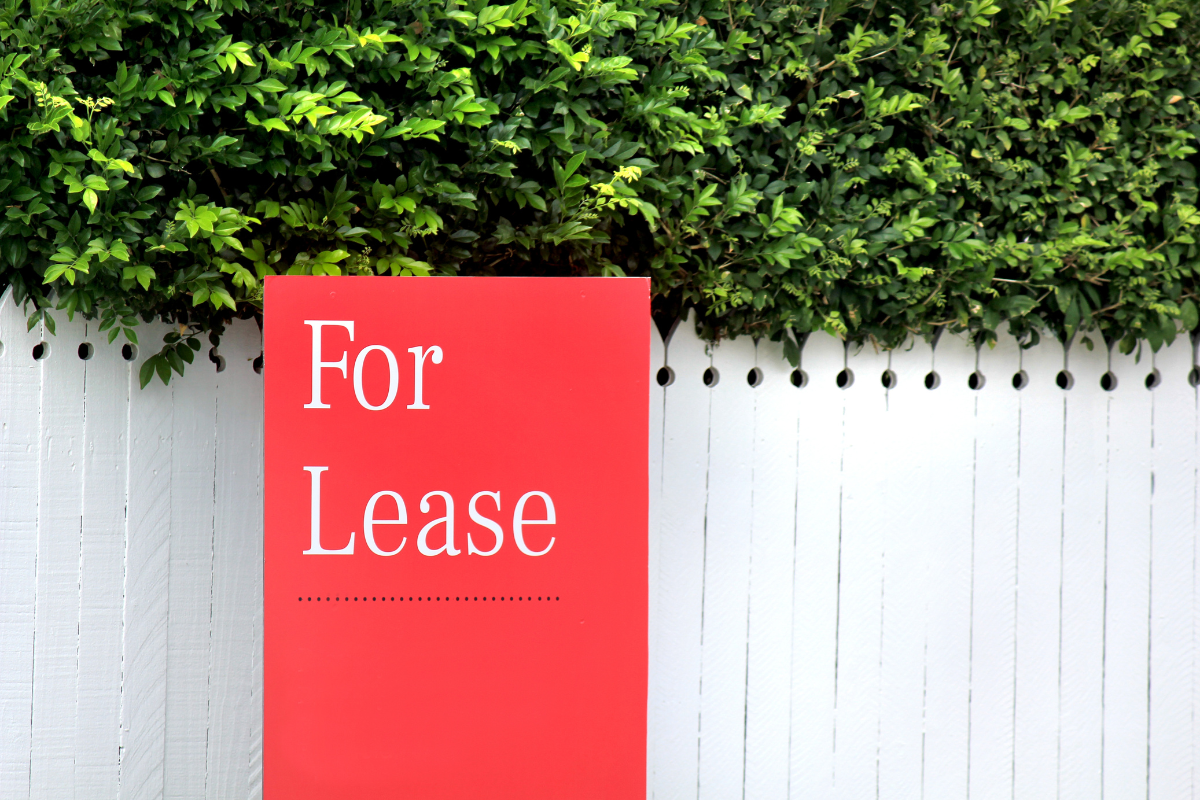What is Happening in the Rental Property Market
Australia’s ‘rental crisis’ has been all over the media for most of the year. The news cycle is full of stories of landlords hiking weekly rents by hundreds of dollars a week, while tenants struggle to find new places to live.
The issue has been front of mind for politicians too, with some calling for a freeze on rental increases at a national level, while a number of state governments have looked at reforms to increase the rights of renters and stop landlords from ending tenancies without reason or increasing rents by an unfair amount.
What is the latest?
The increase in rents has been driven by a major tightening of vacancy rates in recent years, which means there simply aren’t enough properties to go round.
And the most recent figures show that vacancy rates, while plateauing in some areas, are still extremely tight.
The most recent SQM Research figures show the national vacancy rate at 1.3% in August. That means just 1.3% of all rental properties are currently available to be leased. For context, a 3% vacancy rate is considered a ‘balanced market’ between landlords and tenants.
This time last year, the national vacancy rate was 1.2%, so it has increased slightly, but not by a meaningful amount. Essentially nothing has changed.
Meanwhile, the research also shows capital city asking rents have risen by 1.2% month on month to now sit 18.5% higher than this time last year.
State of the states
The national average only tells a general story. Each state and territory has its own economic drivers and variances in rental vacancies. B.Invested deals mostly with NSW, Qld and WA, so let’s take a look at the capital cities in those 3 states.
Sydney’s current vacancy rate is 1.6%, down from 1.7% this time last year.
Rents in Sydney have risen by 20% over the past year, at a rate of 15.9% for houses and 24.1% for units.
Brisbane’s vacancy rate is 1%. It was 0.7% this time last year so vacancies have increased, but it still sits below the national average. Rents for houses are up 11.3% year on year, while units are up 20.4%.
Perth is the nation’s tightest rental market with an incredible 0.5% vacancy rate. It is down from 0.7% this time last year. Perth house rents have grown 17.5% for the year, while units are up 19%.
All 3 cities are outperforming the national average (including capitals and regions) which saw rent for houses rise by 9% and units by 11.9%.
What next?
Vacancy rates and asking rents won’t change their current trajectory unless the key economic factors that drive them change. The shortage of rental supply has been largely the result of borrowing restrictions on investors, shortfalls in construction of new supply and the rise in short stay accommodation options like Air bnb.
Rising interest rates have also seen many landlords have to raise their asking rents to meet higher loan repayments, or sell out of the market altogether, which also reduces supply.
Borrowing restrictions look like staying in place, construction is lagging further behind with construction companies going under every other week and interest rates, for now, are static.
Take your opportunities
Investors have had to deal with tough rate rises for the last 15 months, just like owner occupiers. And investors start out with higher interest rates than other borrowers in the first place. It’s important to make sure your properties are commanding market rent so that your cashflow remains where it needs to be. It’s also savvy to maximise your income while you can, especially if you are looking to reduce your debt or make further investments.
If you’re not sure about market rent in your area, get in touch with your property manager and check recently leased properties online for an idea.



